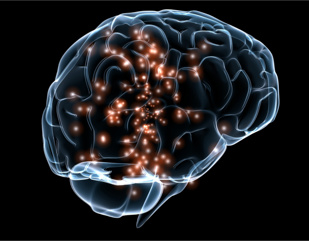Event Location

The sensory cortex represents a powerful model for studying the function and plasticity of cortical circuits. Inhibitory circuits exhibit robust experience-dependent plasticity with mechanisms and functional roles that remain incompletely understood. Dan Feldman, Ph.D., and his team have focused on ParValbumin (PV) interneuron circuits. In the whisker somatosensory cortex (S1), PV circuits are weakened by whisker deprivation, altering Excitation-Inhibition (E-I) ratio in a manner that stabilizes synaptic potentials. This plasticity appears to act as a rapid homeostat to stabilize cortical activity in response to transient changes in sensory drive. This homeostatic perspective led the team to study the E-I ratio hypothesis for autism, in which reduced inhibition and elevated E-I ratio are proposed to drive circuit hyperexcitability and excess spiking in the cortex. Recent data indicate that E-I ratio increases in multiple mouse models of autism but these changes act to stabilize synaptic depolarization and spiking and thus appear to represent endogenous circuit homeostasis. E-I changes may therefore be an endogenous compensatory response to circuit perturbation, rather than directly driving circuit dysfunction in autism.

